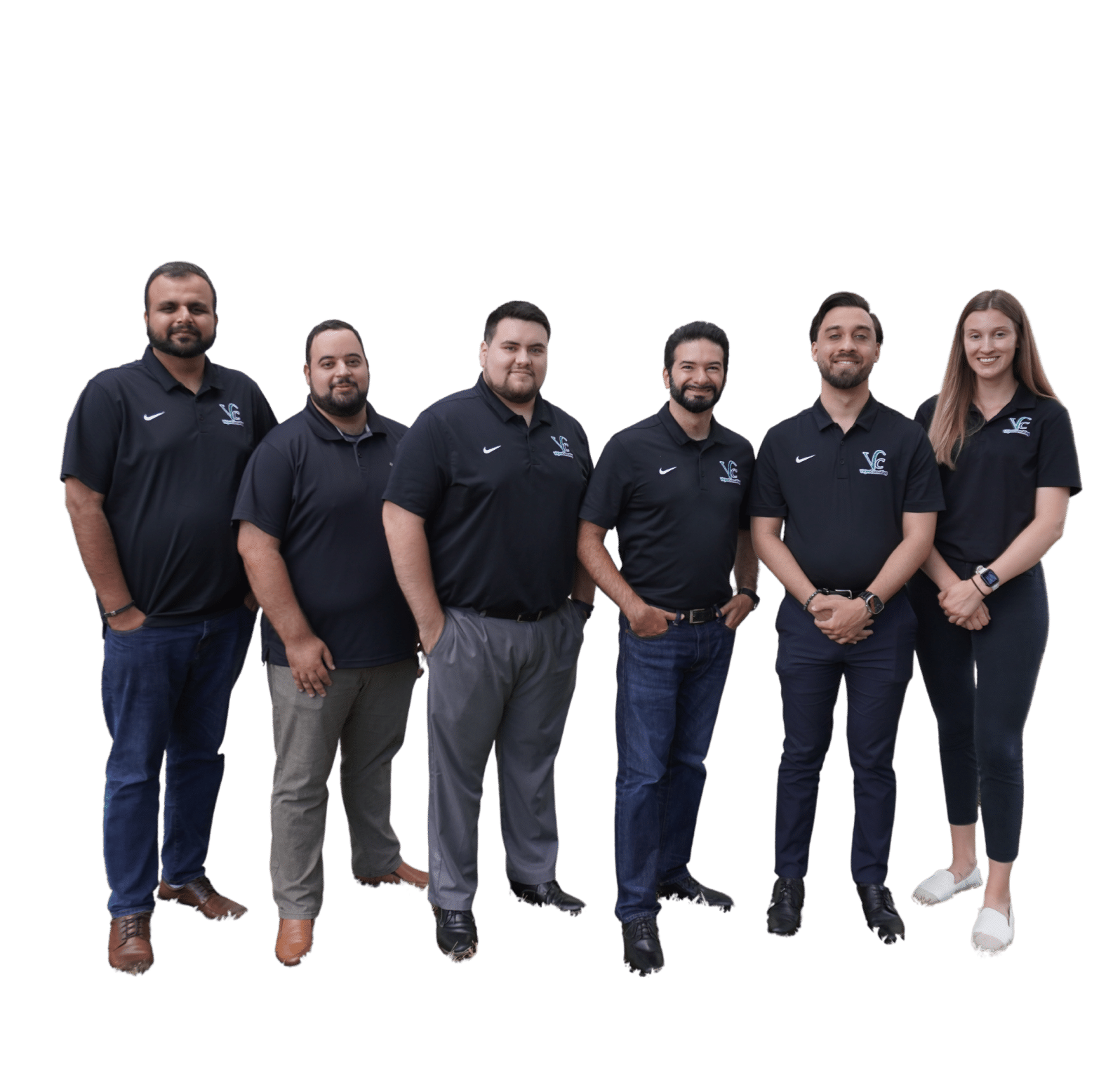So you’ve officially done it—got the loan, signed the papers, and now the dental practice is yours. It’s a huge milestone. But once the excitement settles, reality kicks in: you now own a full-blown business.
And whether you’ve bought an existing practice or launched a startup, the big question becomes: now what?
Owning a practice is different from working in one. You’re not just doing dentistry anymore—you’re managing people, money, growth, debt, and everything in between.
That first year? It’s all about laying a solid foundation and avoiding the financial missteps that can drag you down later.
Here’s what you need to know after buying a dental practice next steps guide after the financing comes through.
(And if you haven’t yet gotten financing, start with this article first.)
Get Your Financial Setup Right From the Start
Your first step as a new owner is to make sure your financial house is in order—right away. That means completely separating your business and personal finances completely.
You’ll want a dedicated business bank account, a proper bookkeeping system, and a way to track your cash flow week to week.
We’ve seen a lot of dentists try to “wing it” for the first few months—running expenses through personal cards, trying to DIY bookkeeping, or waiting until tax season to get organized. That almost always ends in missed deductions, money stress, or an ugly surprise from the IRS.
Treat your practice like a business from day one, and keep your numbers clean. It’s not just about being organized—it’s about being in control.
Understand What the First Year Really Looks Like
This is a big one. Your practice doesn’t start performing like a well-oiled machine overnight. Whether you’re building from scratch or buying an established office, the first year usually involves a lot of ramp-up.
You’re figuring out marketing, managing staff, learning your systems, and probably putting out fires along the way. Meanwhile, those loan payments are already showing up. Depending on how much you borrowed, your monthly payment might be $7,500 or even $10,000 a month. Add payroll, rent, and supplies, and suddenly your bank account feels tight—even if the business is technically profitable.
That’s why it’s so important to keep personal expenses low. If you’re walking into ownership with a $5,000 mortgage, high student loan payments, and a luxury car note, your cash flow can get squeezed fast.
A good rule of thumb? Keep your monthly personal debts in the $5,000–$6,500 range, especially early on. It’s not forever, but it gives your business the breathing room it needs to grow.
Don’t Confuse Profit with Cash Flow
This one trips up a lot of new owners. Your profit and loss statement might show a nice number at the bottom, but that doesn’t mean the cash is sitting in your account.
A big chunk of your income may be tied up in insurance reimbursements, delayed deposits, or upcoming bills. At the same time, you’ve got loan payments, payroll, and fixed costs going out like clockwork.
The real risk?
Running out of cash during a slow month—not because your practice is failing but because you didn’t build in a buffer.
This is why you need to start tracking your cash flow consistently—not just your revenue. We recommend setting aside a “practice emergency fund”—something like $30K to $50K, depending on your overhead—to help you weather seasonal dips or unexpected expenses without panicking.
Focus on the Right Numbers (Not All of Them)
There’s no shortage of data when you own a practice. But don’t feel like you have to track everything all at once. In your first year, focus on the handful of metrics that actually help you make better decisions:
- Collections: Are you actually getting paid for the work you do?
- Overhead: What percentage of your income goes to running the practice?
- Cash on hand: Do you have enough to cover your obligations if things slow down?
Start there. Once those are steady, you can get into deeper KPIs like case acceptance rate, hygiene reappointment percentages, and production per visit. But early on, simplicity is your friend.
Build the Right Team Around You
This one might be the most important point in this entire post. You can’t do this alone—and you shouldn’t try.
If you surround yourself with general advisors who don’t understand dental, you’re going to spend a lot of time explaining your business—and possibly missing out on smart strategies you didn’t even know were available.
Make sure your CPA, attorney, banker, and real estate agent know dental. You want people who’ve seen the inside of dozens (if not hundreds) of dental transitions and startups, not just generic small businesses. You’ll save yourself time, money, and a whole lot of stress.
The best teams aren’t just service providers—they’re advisors. They point things out before they become problems. They help you think a few steps ahead. And they take work off your plate instead of adding to it.
Final Thoughts: Set the Tone Early
The first year of practice ownership is intense. You’re learning as you go. You’re wearing more hats than you ever expected. And you’re likely dealing with cash flow growing pains along the way.
But how you handle this stage matters. Getting your financial systems in place now sets the tone for everything that comes next—growth, profitability, expansion, and peace of mind.
If you’re a new practice owner and want support that’s built for dental (not just any small business), we’d love to help.
At Virjee Consulting, we work with over 300 dentists all over the United States, and we know what it takes to go from newly minted owner to confident, in-control practice leader. If you want someone in your corner who actually gets your business, we’re here to help.
Let’s talk.
Whether you just bought your practice or are in the planning phase, we’d love to hear where you’re at and how we can support you.



